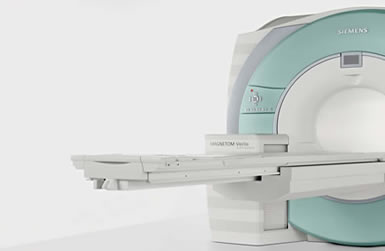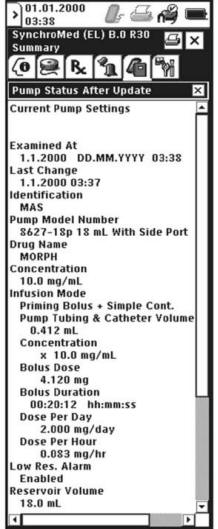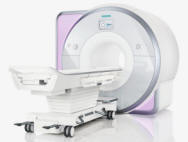 The goal of programming
The goal of programming
The primary goal of programming is to establish, for each
patient, the drug dose that achieves optimal pain control,
without causing intolerable adverse effects. This personalized
drug dosage will vary with each patient. SynchroMed® is a fully
implantable programmable drug delivery system. Programming of
SynchroMed® is carried out with the N’Vision™ programmer.
 When to program the SynchroMed® Pump
When to program the SynchroMed® Pump
There are three occasions that require the pump to be
programmed:
● A pump purge will need to be programmed in the operating room
before the pump is implanted to ensure that the pump is fully
operational
● A priming bolus and initial infusion mode will need to be
programmed in the recovery room following implantation
● The pump will need to be reprogrammed as needed during routine
follow-up appointments, refill appointments and/or any occasion
that a change in drug dose is required
Patients can also initiate the delivery of physician-prescribed
supplemental
doses of intrathecal medication via the SynchroMed® Personal
Therapy
Manager, a patient operated hand-held device that communicates
with the
SynchroMed® pump via telemetry.
The modes are either Single-Cycle or Continuous-Cycle:
● Single-Cycle delivers one specific drug dose
● Continuous-Cycle delivers medication continuously over a
specific
period of time at a specified rate of infusion
|
Table 1: A description of the Infusion modes available with
SynchroMed® |
| Single cycle |
Description |
| Stopped pump |
● Turns the pump OFF, ceasing drug delivery |
| Single bolus |
● Delivers a specific dose over a specified period of time,
then reverts to the Stopped Pump Mode |
| Simple Continuous |
● Delivers a continuous infusion of a specific amount of drug
per day |
| Single bolus +
Simple Continuous |
● Combines the Single bolus and Simple continuous
prescriptions
● Delivers a Single bolus prescription; when completed, the
Simple continuous prescription begins. The Single bolus
prescription is not repeated |
| Periodic bolus |
● Delivers a specific amount of drug at the maximum rate,
then delivers at the minimum rate for the specific delay
period. These rates cannot be changed. |
| Complex Continuous |
● Delivers a sequence of two to ten steps. When the last step
is completed, the cycle repeats beginning with step one.
● Each step prescribes the dose, rate and duration. A 24-hour
pattern is usually programmed |
 The Medtronic N’Vision™
programmer
The Medtronic N’Vision™
programmer
The
Medtronic N’Vision™ clinician
programmer, which is a small,
lightweight portable unit, allows
physicians to non-invasively programme
the implanted SynchroMed® pump,
setting the infusion parameters of an
individual patient’s medication
prescription.
N’Vision™ communicates with SynchroMed® via telemetry. The
various
settings on SynchroMed® can be changed by simply touching the
programmer’s screen with a stylus.
N’Vision™ has been designed to simplify patient management by
the
inclusion of several innovative features:
● Convenient automatic calculation of priming and bridge bolus
for ease
of use
● Offers both touch-screen and Windows-like software designed
to simplify programming
● Stores up to 100 patient session files, as well as basic data
on
up to 1000 patients
● Provides the flexibility to print to a standard desktop
printer with
infrared printing support, or to the N’Vision™ portable printer
 SynchroMed® pump refill and refill intervals
SynchroMed® pump refill and refill intervals
A refill appointment usually includes:
● An assessment of the patient’s general condition and response
to
therapy
● Programming the pump
● Refilling the pump
● Determining the interval to the next refill
● Scheduling the next refill appointment
 Refilling the pump
Refilling the pump
Once patients receive SynchroMed®, their doctor will
periodically refill the
pump with medication. This is done by inserting a needle through
the skin into the pump’s reservoir.
 Determining a refill schedule
Determining a refill schedule
The physician will also need to determine refill intervals.
Refill intervals are
carefully calculated to prevent depletion of the drug reservoir.
The N’VisionTM
physician programmer automatically calculates the refill
intervals. Refill
intervals are typically every 1–3 months. However, this may vary
depending
on the individuals prescription.
For those patients with a continuous pump, the physician will
calculate the
refill interval as follows:
[Drug concentration x usable reservoir volume]/
Daily dose.
|



 What’s Up
What’s Up

